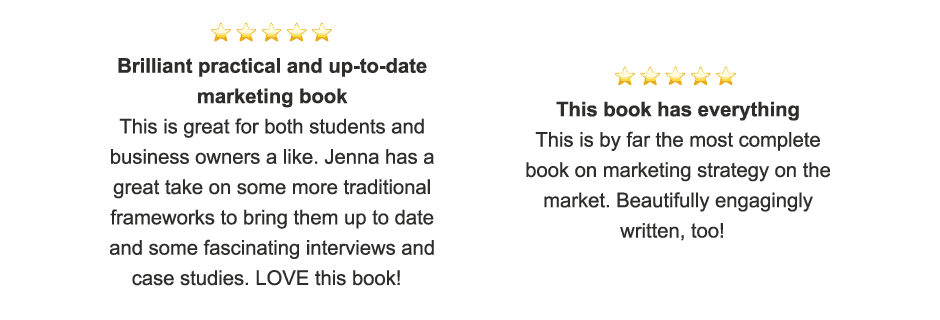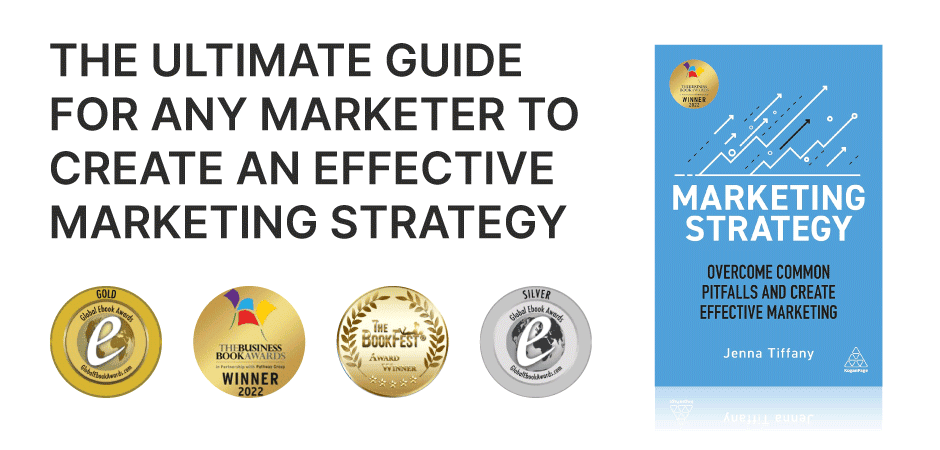In this blog we are going to discuss objectives, the value they bring to marketing plans and the best ways to use the SCALE framework to develop successful marketing objectives. And no, we’re NOT talking about the scales we weigh ourselves on!
Using analysis, you can create marketing objectives whilst ensuring that they are aligned to achieving the business's objectives. Objectives give a sense of purpose and they help departments direct their activities towards the same goals.
Objectives within a marketing environment may include:
- increasing sales
- building brand awareness
- growing market share
However, one thing is missing from these objectives, and that’s context. For example, increasing sales is one thing, but we need to understand how much, the time frame, and with what service or product. This is where SCALE comes in to help add those extra details to develop concrete and achievable marketing objectives.
S-C-A-L-E explained
The SCALE framework is the most effective way to create objectives. SCALE is an acronym that describes each aspect of an objective. In this process, we can include all of the key elements which help you to align your marketing objectives to your organisation's goals.
| S | STRATEGIC | Why are these objectives being set? What is the desired ambition to achieve? |
| C | CONSIDERED | What business objectives and goals are our marketing objectives contributing to? |
| A | AUDIENCE | Who are you hoping to engage? Be specific. |
| L | LIFT | What was your overall numerical performance target? |
| E | END | What is the end date for achieving the objective? |
Let’s dig a little deeper into each aspect of SCALE:
STRATEGIC
- Clearly define the objective of the marketing campaign.
- Make these objectives easy for everyone in the organisation to understand and support.
CONSIDERED
- Define reasonable goals that your company can accomplish, given its available resources.
- In many organisations, objectives are created before the organisation's current context is analysed. Is there anything that could be changing in the external environment that may impact the success of achieving the objectives?
- When you set objectives first before understand the marketing environment it's challenging to ensure that they are realistic within your context. Analyse the micro (internal) and macro (external) marketing environments.
AUDIENCE
- When tracking the results of the campaign both while it's live and after it's complete, it is important to remain focused on the target audience you defined at the start. What are the characteristics and buying behaviour of your audience? This detail could be further identified in a customer persona to understand more about your audience to tailor the marketing activity but also to ensure your objectives are realistic and relevant to that audience.
LIFT
- If, for example, your campaign is running for three months, what numbers need to be generated (whether that's the number of leads, web visits, new customers, conversions) to achieve the objective set? Context is important to include here. What is the starting point, and how much is the objective aiming to increase that by?
END
- Establishing a solid end date will help you to schedule your reporting, as well as helping to determine the timescale for reaching each milestone.
- Schedule a clear end to achieve the objective. If there is no clear deadline, it's unlikely that goals will be reached.

S-C-A-L-E example
Below is a completed example of a SCALE framework for creating a marketing campaign.
| S | STRATEGIC | Develop a marketing campaign to increase the awareness of our product by offering 10% with the target audience of B2B startup organisations who have securely achieved Series A funding. |
| C | CONSIDERED | To increase the awareness of our product offering within the specific target B2B organisations where our offering solves their specific challenges and pain points. |
| A | AUDIENCE | Internal audience: Our marketing team must find the strategy clear to understand and agree that customers will engage with the content. External audience: The campaign must be relevant to the persona of B2B startup organisations, by identifying their key pain points and challenges that our product offering solves. |
| L | LIFT | Increase the awareness of our product offering by 10% (currently the awareness is 3%) with the specific B2B audience. |
| E | END | Launch the new marketing campaign within the next 4 weeks. |

Setting objectives is a huge step towards identifying the marketing strategy and campaign activity you'll need to power forward. Good luck!
Exclusive offer, 20% off!


